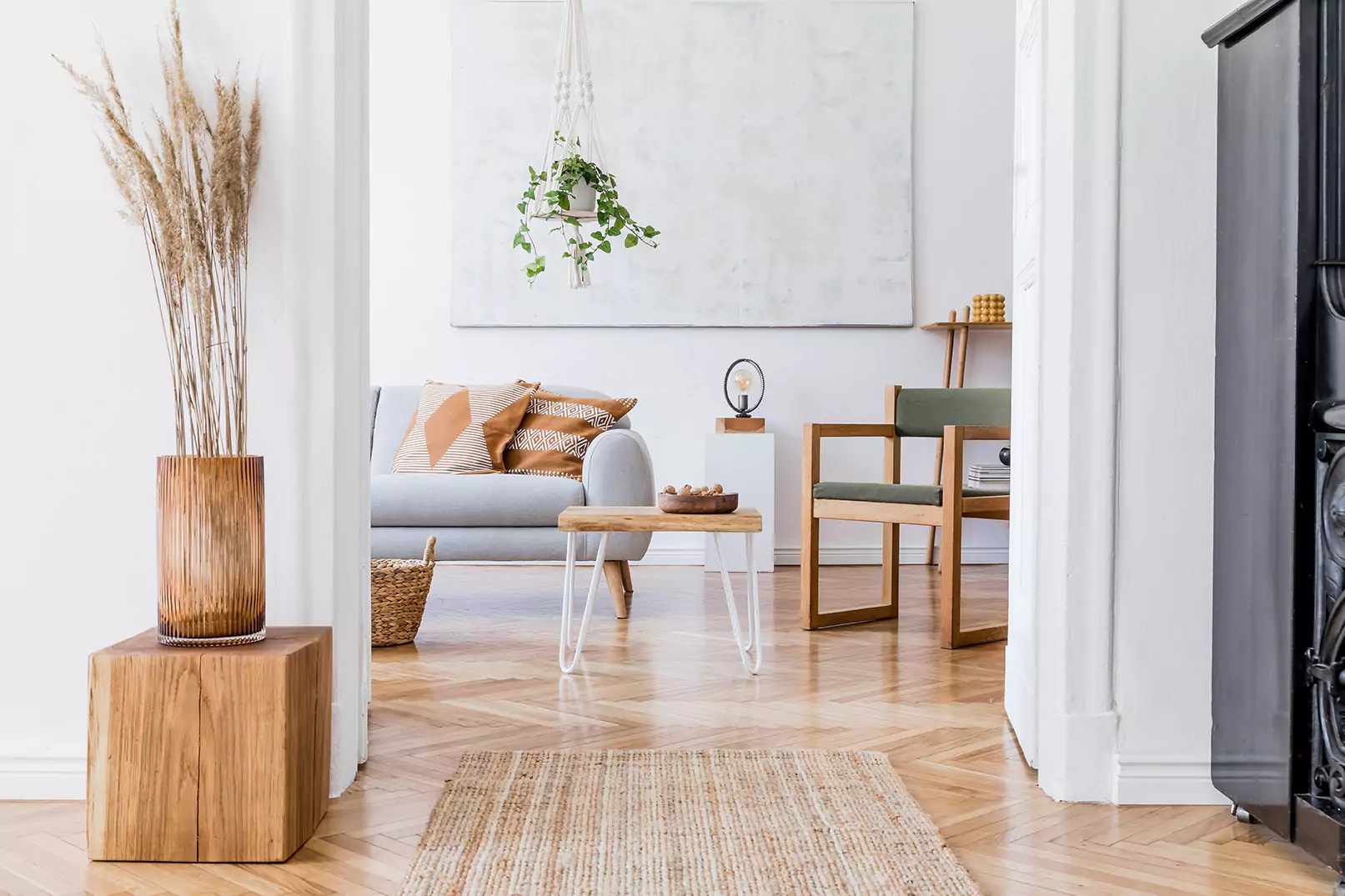San Francisco’s architecture is instantly recognizable. Everyone’s seen the Painted Ladies, the most famous example being Alamo Square’s Postcard Row. These homes are either Victorian or Edwardian, which we’ll come back to in a moment, but those aren’t the only two San Francisco architectural styles the city is proud to showcase. Indeed, San Francisco’s architectural style reflects the city’s rich heritage and history, and every house is a monument to the city’s character.
Let’s take a look at some of those different styles. Maybe one will catch your eye!
These styles are named for the reigning monarch of the United Kingdom in their time. The oldest houses, built when the city was newly settled, are Victorian (so named for Queen Victoria, r. 1837 - 1901.) A great many of these homes were destroyed in the 1906 quake, so any still standing today is of particular historical and collector value. Despite the destruction phase, Victorian homes were subdivided into a few major types.
This style was in particular vogue during the late 1840s. The 1849 gold rush spurred a major development phase, and the new wealth allowed for more ornate homes than had been practical earlier. These are recognizable for their hooded doors and windows and bracketed roofline, evoking an almost Venetian Gothic aesthetic, with a hint of Tuscan Villa. These homes are still particularly visible in the Southwest quarter of the Mission.
“Stick” might be an understatement. These homes made liberal use of the once-abundant California Redwoods in the area. (Actually, the name comes from the linear “stickwork” made from overlaid board strips on the faces, to echo an exposed half-timbered frame, but we couldn’t resist the pun.) These have a lot in common, stylistically, with the more formal Tudor Revival (below), but the earlier Victorian-era homes are still relatively common in the Mission, Potrero Hill, and the Noe and Eureka valleys.
To display the opulence and wealth that the city had come to be famed for, these ornate homes, mostly found today in Pacific and Ashbury Heights, Alamo Square, and Cow Hollow, were built for extravagance. They boast flashy trim, fanciful turrets, expansive bay windows, and detailed rooflines. They have a distinctly luxurious character, and they remain very popular pieces of San Francisco Real Estate.
By the time of the quake, Queen Victoria had died (comfortably at the age of 81) and the throne had passed to her eldest son, Albert Edward, who reigned as Edward VII from 1901 to 1910 (his reign was brief, as his death, at the age of 68, was accelerated by an intense lifelong smoking habit, averaging twenty cigarettes and twelve cigars daily.) Despite the brevity of his reign, he ruled in 1906, during the rebuilding phase following the devastation of the quake, and so he lent his name to the contemporary style during the rebuilding.
This newer style is sometimes said to be more “masculine” than the ornate Queen Anne predecessors, but it would be more accurate to describe it as more restrained and in some ways designed to anticipate the modern era. These homes are also designed with more twentieth-century habits in mind, with a more deliberate focus on ‘great rooms,’ and open spaces. Victorian homes tended to be more compartmentalized. Taking their cues from antiquity, these homes were designed to entertain guests at lavish parties, letting the spaces themselves be more functional.
Moving from antique inspiration to Renaissance, these homes were designed with pitched roofs with intersecting gables, casement windows, and an affinity for asymmetry. These timeless properties would be right at home in the Elizabethan or Jacobean periods of the mid-16th and early 17th centuries. These homes are stalwart, demure, and full of character, sporting stucco, rubblework, or subtly patterned stonework. Often larger, these make excellent single and multi-family homes.
These tend to be built outside the core of the city, in a much more recent, modern, arresting style. These bold designs in chrome and glass are frequently found in the Sunset, the Marina, Sea Cliff, and Pacific Heights. They were built to celebrate technology, innovation, and the success of capitalism. They’re perfectly at home in Silicon Valley, even today, evoking verticality with their geometric patterns and stretched proportions. They seem to reach upwards, to prosperity.
Our next entry is a little more down to earth. Also often referred to as “Spanish Colonial Revival,” these homes deliberately echo the hybridized designs that blended Spanish styles with indigenous construction techniques and materials. These are easily recognizable by their terracotta roof tiles, porticoes, and colonnades, arched windows with balcony railings or cantilevered balconies, and stucco exteriors. Now more likely to be made from timber, originally the walls would have been brick. These homes are designed to be open to gardens but range in size from the palatial to the cozy. They were originally more common in the Marina District and in Sunset, but they still dot the rest of the city as well.
Really, no matter where you go, whether you’re looking for the modern or traditional, the sprawling or the restrained, you’re sure to find something captivating in the fast-paced San Francisco real estate market. Danielle Lazier + Associates are here to help, so get in touch today and start a conversation about your next dream home!
In 2018, Danielle Lazier + Associates sold over $104,000,000 in SF Bay Area residential real estate selling more homes than any other SF Realtor (per MLS). We specialize in listing marketing and home buyer representation. We work with a diverse clientele in terms of budget, property type, and location, but one thing remains consistent: our clients have a clear goal to maximize their San Francisco real estate investment and want us to help them because we deliver both results and an enjoyable experience.
Are you buying or selling a home in San Francisco? Reach out to us for a consultation!
